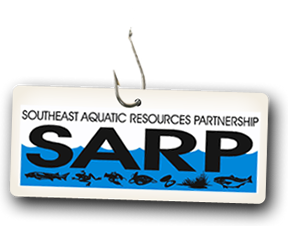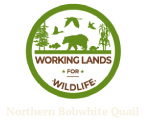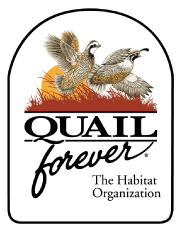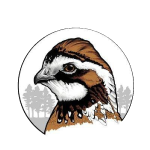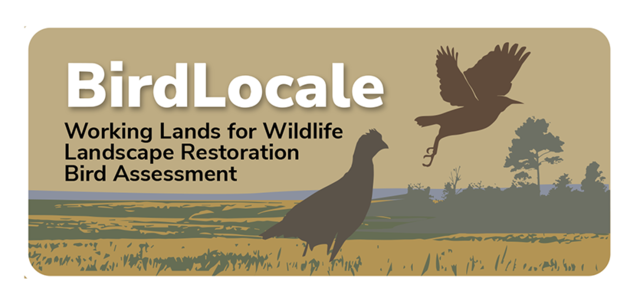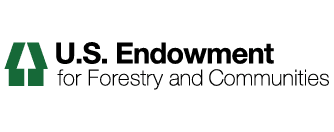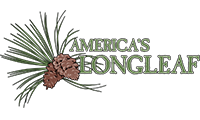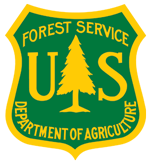-
 AppLCC Species List
AppLCC Species List
-
WG members -- I will attach a copy of the AppLCC species-habitat database we mentioned on the Jan 14/15 meeting, should that be helpful in your work. The following information was provided on how the data were assembled. (1.) Criteria used for assembling the species – i.e., SGCN, Listed/Proposed/Candidate etc. Criteria for assembling the original list were the SGNC species with the addition of federally listed species. (2) How was the habitat association was assigned (and if the habitat classification system was standardized when assigned). With the exception of mussels and fish (used Natureserve scheme for those) the habitat association is not based on any standard habitat classification scheme and is a very broad summary of the habitats listed in the source information. (3) How species were included (i.e., reference to the 75% range. All species that were found (even partially) within the AppLCC boundary were included in this list. Species listed on SWAPs, but not found within the LCC Boundary were deleted. If (by visual inspection of range maps found in the source material) more than 75% of a species range was found with the LCC Boundary, it was coded a YES in the LCC GLOBAL TRUST column - the thought behind this was that the LCC has a global responsibility to preserve those species. (4) Re: plants and what criteria was used to exclude species from the list).
• Plants were not included because only one state (Georgia) and the federal list had plants listed (so the ranking of plant species when you do your "how many states is the species found in" analysis would have been heavily skewed, making them seem much less important than they actually are. To be true to the process, I would suggest getting plant lists from each state (maybe S1-S2 species).
• Invertebrates were not included simply because I ran out of time cleaning up the list and range information for many of them is not easily available. I do believe they should be included in the final list of species. and would be happy to work on the invert list if you'd like...it would take some coordination with states to get range info.
• The fish list was almost finished (data is readily available on Natureserve Explorer)
(5) Re: migratory birds handled in assembling this data set. The original list of migratory birds was created using the same process as for all other species. The only difference is that they have two possible habitat associations - breeding habitat and wintering habitat (if applicable) because managing for both of these is important to their conservation.
(6) Final note - there may be a few (less than ten) duplicate species because some states had a subspecies listed, while others had the only species listed.
Located in
LP Members
/
…
/
Project Documents
/
Content from AppLCC Staff
-
 CASRI - 2012
CASRI - 2012
-
Regarding major habitat restoration efforts across large areas of the AppLCC geography -- the Central Appalachian Spruce Restoration Initiative. This annual report is for the Northern portion of the range. A similar Initiative has begun in the Southern extent of the range through the TNC TN Chapter. The Southern Range Spruce distribution is more of a "sky island" distribution.
Located in
LP Members
/
…
/
Project Documents
/
Content from AppLCC Staff
-
Link to the Conservation Planning Model
-
by Dr. Rob Balwin, Clemson University. See Video, Model (PPT image), 1-pager briefing paper.
Located in
LP Members
/
…
/
Project Documents
/
Content from AppLCC Staff
-
 NALCC Project Description for a CCVA in the NE
NALCC Project Description for a CCVA in the NE
-
Project description/proposal as submitted to the North Atlantic LCC by NatureServe to conduct a species climate change vulnerability assessment (CCVA) using the NatureServe CCVI methodology. Do not cite or quote without approval of the author(s). Do not distribute beyond this work group. (Also see other item listed - 60 species identified.)
Located in
LP Members
/
…
/
Project Documents
/
Content from AppLCC Staff
-
 NALCC Species List for CCVA
NALCC Species List for CCVA
-
This is the list of species chosen by the North Atlantic LCC to receive CCVA using the NS CCVI methodology. The list represents a selection drawn from: (1) the existing "representative species" (as part of the Designing Sustainable Landscapes project); (2) from a list by the States as representing SGCN (species of greatest conservation need as identified in their State Wildlife Action Plans - SWAPs); and (3) "foundational" species (such as sugar maple that are integral to defining habitats and species assemblages.
Located in
LP Members
/
…
/
Project Documents
/
Content from AppLCC Staff
-
 Ecoregion - FWS
Ecoregion - FWS
-
Map created by FWS in defining ecoregions - integration of major watershed to define regions.
Located in
LP Members
/
…
/
Climate Change Workspace
/
Maps and GIS-related Materials
-
images
-
images
Located in
LP Members
/
Workspaces
/
Regional LCD Dialogue Work Groups
-
 AppLCC-Subregions
AppLCC-Subregions
-
(small image)
Located in
LP Members
/
…
/
Regional LCD Dialogue Work Groups
/
images
-
 subregion-Western
subregion-Western
-
Western
Located in
LP Members
/
…
/
Regional LCD Dialogue Work Groups
/
images
-
 subregion-Southern
subregion-Southern
-
Southern
Located in
LP Members
/
…
/
Regional LCD Dialogue Work Groups
/
images



